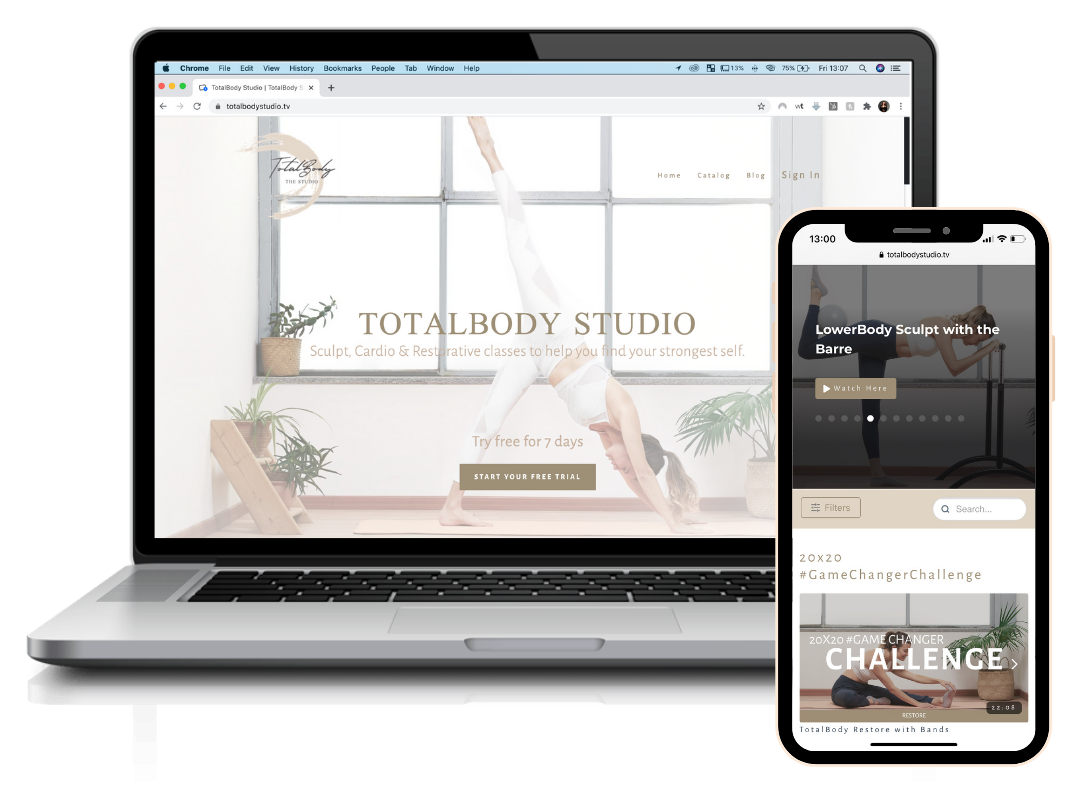
Which one is best for you?
Many of my clients and followers have been asking me about this several times: which form of cardio is more effective? HIIT or LISS.
First all, what are they stand for?
High-Intensity Interval Training (HIIT) describes any workout that alternates between intense bursts of activity followed by a rest period or low-intensity activity.
The aim is to train at the highest intensity possible for short bursts, reaching 80% to 95% of an individual maximal heart rate, then allow the heart rate to drop back down to around 40% to 50% during the recovery phase.
Low-intensity steady state cardio (LISS) is a long-duration cardiovascular session at a target heart rate of 45-60% of your estimated maximal heart rate. There is very little or no change in the speed or intensity throughout the work excluding the warm up and cool down phases.
Examples of Liss can be walking, running at a steady pace, rowing, or cycling.
Both HIIT and LISS are effective forms of cardiovascular training, but the answer to the question “which one is the most effective” depends on the individual’s goals.
In terms of improving Cardio Vascular Fitness, HIIT is can be a better choice over LISS as it works at the highest spectrum of your heart rate and has been shown to raise your general fitness level in less time. If you are training to run a marathon though you will need to work on endurance and distance running so you will need a bit of both.
Whereas if you are trying to lose weight, HIIT looks like the fastest way to achieve your goal.
A study conducted in 2006 compared average-weight females performing either LISS or HIIT for 12 weeks of training: those performing HIIT were found with an evident decrease in body fat percentage and those doing only LISS had no such changes in their body fat (Bryner et al, 1997).
HIIT is thought to stimulate your metabolism to burn calories at a higher rate even after your workout has finished.This is due to post-exercise period is called ‘EPOC’ – Excess Post Exercise Oxygen consumption.
This is the period after physical activity when your metabolism is still raised, allowing your body to continue to burn calories whilst in a resting state, even more so than usual.
The body weight reduction we get from HIIT may be due to the post exercise metabolism boot, EPOC, which appears to be mainly supplied by fat during recovery.
There is a direct link between exercise intensity and EPOC duration: the higher intensity you work at, the longer you get the EPOC effect. Liss was found to give imperceptible EPOC effects, meaning there is little or no change to your metabolic rate from steady state cardio (Bhar & Sejerstead, 1992).
With HIIT you will burn calories at a higher rate even after your session has finished. It creates metabolic changes to ensure that you are burning calories at a higher rate for hours after your work out!
HIIT might be a better solution to squeeze in your daily workout when you don’t have much time in your day. A HIIT session can be as short as 10 minutes if you really work at your max.
There is to say that HIIT is NOT for everyone. If you are overweight or suffer from some medical conditions like hypertension or thyroid dysfunction, LISS is definitely a better choice.
I always recommend consulting your general practitioner before starting a new form of training programme to make sure HIIT is suitable to you.
Ultimately if your goal is to improve your strength, HIIT may not be advisable at all, since it uses Carbohydrates as the primary source of energy it will consume your muscles and your energy level, compromising your performance in the weight room.
Conclusion?
Both forms of cardio work for different goals, which one you choose depends on other factors such as your current fitness level, the time you have available to work out and if you have any injuries or specific medical conditions.
Which one of the two do you prefer? Comment below!

